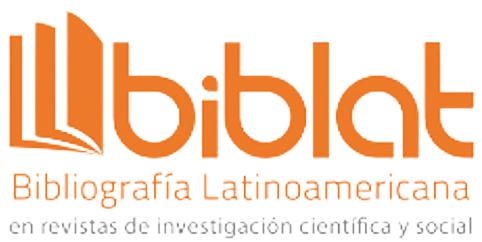Design Thinking in Software Testing Planning
Abstract
This article presents the possibility of working on software development using not only agile methodologies for processes but also the use of Design Thinking for the planning of the Software Test Plan. Since during the software management process there is the difficulty of understanding the software, for one of the stages of the software management, in this case, the planning of the software tests, the tester needs to know what the user requires, due to Because the software product is intangible and difficult to measure, the tester must listen to the end-user and perform the tests according to the requirements requested. To improve the process of understanding what the user really requires, its pillars are used as empathy, collaboration, and prototyping for a better interpretation, which will allow obtaining an assertive attitude to the tester. On the other hand, we have to carry out the software test plan, based on this a study was carried out on the possibility of using Design Thinking to help the software test planning process.
Downloads
References
J. C. Espinoza Vásquez and E. E. Espinoza Zapata, “Marco de trabajo en base a Design Thinking y metodologías ágiles de desarrollo de software,” 2017.
R. Villarroel, H. Spencer, and R. Muñoz, “Aplicación de design thinking de manera interdisciplinaria en la asignatura de ingeniería de software,” 2017.
M. Greene, “Design Thinking Vs. Systems Thinking for Engineering Design: What’s the difference?[WWW Document],” in DS 87-2 Proceedings of the 21st International Conference on Engineering Design (ICED 17), 2017, vol. 2, pp. 21–25.
Y. Tomita, K. Watanabe, S. Shirasaka, and T. Maeno, “Applying Design Thinking in Systems Engineering Process as an Extended Version of DIKW Model,” INCOSE International Symposium, vol. 27, no. 1, pp. 858–870, 2017, doi: 10.1002/j.2334-5837.2017.00398.x. DOI: https://doi.org/10.1002/j.2334-5837.2017.00398.x
K. Beck et al., The agile manifesto. Feb, 2001.
T. Brown and B. Katz, Change by design: how design thinking transforms organizations and inspires innovation, vol. 20091. HarperBusiness, 2019.
IEEE, “IEEE Xplore Digital Library,” 2019. http://ieeexplore.ieee.org/Xplore/home.jsp (accessed Mar. 20, 2017).
Springer, “Home - Springer,” 2019. http://link.springer.com/ (accessed Mar. 20, 2017).
SciELO, “SciELO - Scientific Electronic Library Online,” 2019. http://www.scielo.org/php/index.php (accessed Mar. 20, 2017).
ScienceDirect, “ScienceDirect.” http://www.sciencedirect.com/ (accessed Jun. 08, 2016).
Elsevier, “Elsevier Home,” 2019. https://www.elsevier.com/ (accessed Mar. 20, 2017).
D. E. Soto Durán, A. X. Reyes Gamboa, and J. Jiménez Builes, “Aplicación de la Gestión de Conocimiento al proceso de pruebas de software,” Ing.USBMed, vol. 8, no. 2, pp. 6–13, Jul. 2017, doi: 10.21500/20275846.2836. DOI: https://doi.org/10.21500/20275846.2836
W. Santos, C. Quarto, and L. Fonseca, “Study about software project management with Design Thinking,” in Proceedings of the Euro American Conference on Telematics and Information Systems, 2018, pp. 1–4. DOI: https://doi.org/10.1145/3293614.3293643
Copyright (c) 2020 Innovation and Software

This work is licensed under a Creative Commons Attribution 4.0 International License.
The authors exclusively grant the right to publish their article to the Innovation and Software Journal, which may formally edit or modify the approved text to comply with their own editorial standards and with universal grammatical standards, prior to publication; Likewise, our journal may translate the approved manuscripts into as many languages as it deems necessary and disseminates them in several countries, always giving public recognition to the author or authors of the research.
























